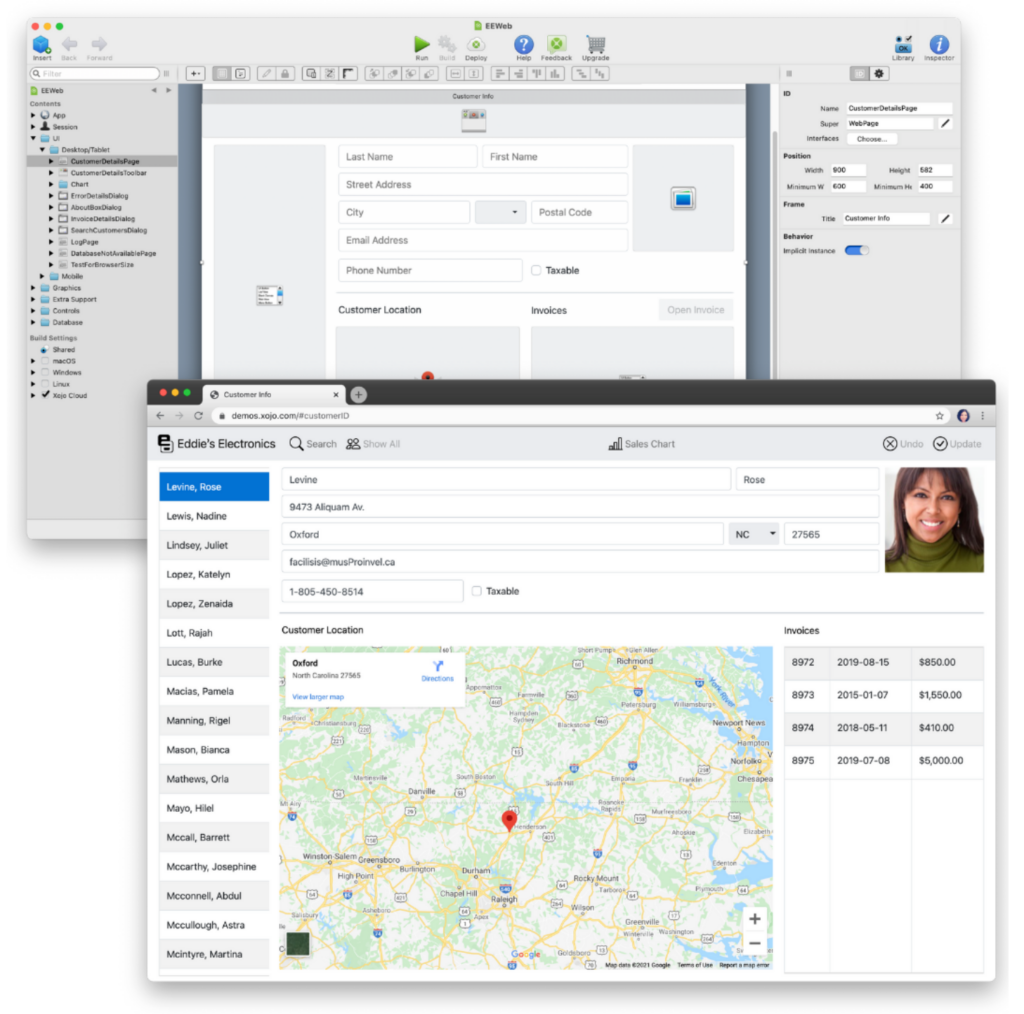Back in the 80’s, “Nobody gets fired for buying IBM” was a saying that went around when discussing what computer to buy. In general it means: It’s safe to buy from a Big Name. But is it?

You still hear this same argument today in the software development world, where the big names are Microsoft, Apple and Google.
But how “safe” is their stuff, really? After all, they all seem to end support for products and tools rather often.
Microsoft recently announced that they are discontinuing Visual Studio for Mac, which was only just introduced in 2016. Last I checked, Microsoft is a Very. Big. Company. Yet they somehow cannot justify resources to keep a Mac IDE viable. Clearly, they have the resources so this is a decision about Microsoft’s focus and priorities, things that Big Companies change all the time.
Google drops products (or drastically changes them) often. Changing their “free for life” Google Apps (G Suite) product to a rather expensive monthly cost was not popular with many businesses.
Apple killed off iBooks Author, and although it was not a development tool, it was something that was heavily promoted for a while as the best way to make content for the iBooks Store. In the development world, Apple killed off their Carbon OS framework in favor of Cocoa after years of telling developers the two would co-exist.
In the 2000s before working here at Xojo, I did a lot of consulting (frequently migrating VB6 apps to Xojo) and one question that was often asked of me is “why should I go with a dev tool from a small company like Xojo instead of something from a big name like Microsoft?”.
The answer I always gave at the time was: “You’re coming to me to migrate a VB6 app. VB6 was from Microsoft and they killed the product off. Big companies do that all the time. A small company like Xojo focuses entirely on their product. It gets all their attention. If you had picked Xojo in 1999 instead of VB6, we would not be having this conversation right now.”
To that end, Xojo has been around since 1998 and has outlived many other development tools and platforms. Some of which come to mind are: Visual Basic 6, Metrowerks CodeWarrior, and (now) Microsoft Visual Studio for Mac.
Technologies are also regularly discontinued by the creators in favor of newer versions. It took years for the Python community to move from Python 2 to Python 3. But when Apple finally removed Python 2 from macOS last year, there were many apps and companies that had to scramble to update their code. PHP8 was release in 2020, but as of today adoption is only about 12%. In 2017, Google switched from Java to Kotlin as the official language of Android, impacting many. Apple promotes Swift and Swift UI over Objective-C and AppKit these days. They introduced Catalyst, but it appears to not be making much headway. Microsoft pushes out new frameworks at a rapid pace, which is exciting, but can be difficult for a development team to know what to pick.
I don’t bring these things up to point out mistakes. Change is inevitable in technology after all. I only bring these up to point out that, even with the big names, there are still risks.
All this is to say that if you are an enterprise company with a large investment in software and IT, you might want to take a look outside the big names and see what Xojo can offer. I realize that if you have standardized on a set of tools from a large vendor, say C# and Microsoft, you are probably thinking “there’s no way I’m switching to Xojo no matter what this guy says”.
We at Xojo agree. You probably should not be switching everything over to Xojo. That would be insanely expensive and risky. But Xojo can be a great complement to the tools you already use. Professional software developers (and their companies) keep lots of tools in their toolbox and Xojo should be one of those tools.
So what can Xojo do for you?
Xojo’s goal is to make programming easier, allowing you to get software made faster. Xojo saves you time and money. To that end, in enterprise environments Xojo is great for:
- Prototypes and proof-of-concepts
- Internal tools and utilities
- Testing
- Demos
With Xojo you can quickly build a desktop app (for mac, Windows or Linux) to test out REST APIs. You can build a web app to demonstrate some UI concepts or easily distribute information. You can build a mobile app (iOS or Android) to quickly try out ideas. Xojo lets you do All The Things without having to deal with a bunch of different complex tools and technologies. Xojo can give you the speed and power of low-code tools without all the limitations.

Xojo makes it quicker and easier to try out software ideas before you commit expensive development resources to your primary tools. A company’s biggest expense is usually salary and using an expensive IT department to slowly build everything is not a great value. You spend too much money on salary and sacrifice too much time on lost opportunities. Using Xojo instead can save you significant money that you can put towards the projects you determine are viable and worth more investment.
And don’t forget about internal tools. Every company needs internal tools of some kind and these won’t generate revenue on their own. Forcing these tools to go through an overworked IT department is slow and expensive. But not building them at all means your staff is less productive than they could be. Your advanced power users can use Xojo to create tools that will improve productivity at a fraction of the cost and avoid lost opportunities waiting for IT.
Like Apple, Google and Microsoft, Xojo isn’t perfect. We’ve made our share of mistakes, such as our transition from Web 1.0 to Web 2.0 which was not as smooth as we had hoped it would be. The team is only human, but we do our best to learn from mistakes and if nothing else we are perseverant and committed to always making Xojo better. The fact that we’ve been doing this since 1998 is a testament to that.
So join the many other enterprise customers that use Xojo as a secret weapon! You might find you like using a development tool from a small company that cares about its product and its customers.
You can try Xojo for free today. Licensing is available for as low as $399 per user (even lower when purchased in bulk). Contact us at hello@xojo.com for more information or to get a quote.
Paul learned to program in BASIC at age 13 and has programmed in more languages than he remembers, with Xojo being an obvious favorite. When not working on Xojo, you can find him talking about retrocomputing at Goto 10 and on Mastodon @lefebvre@hachyderm.io.

